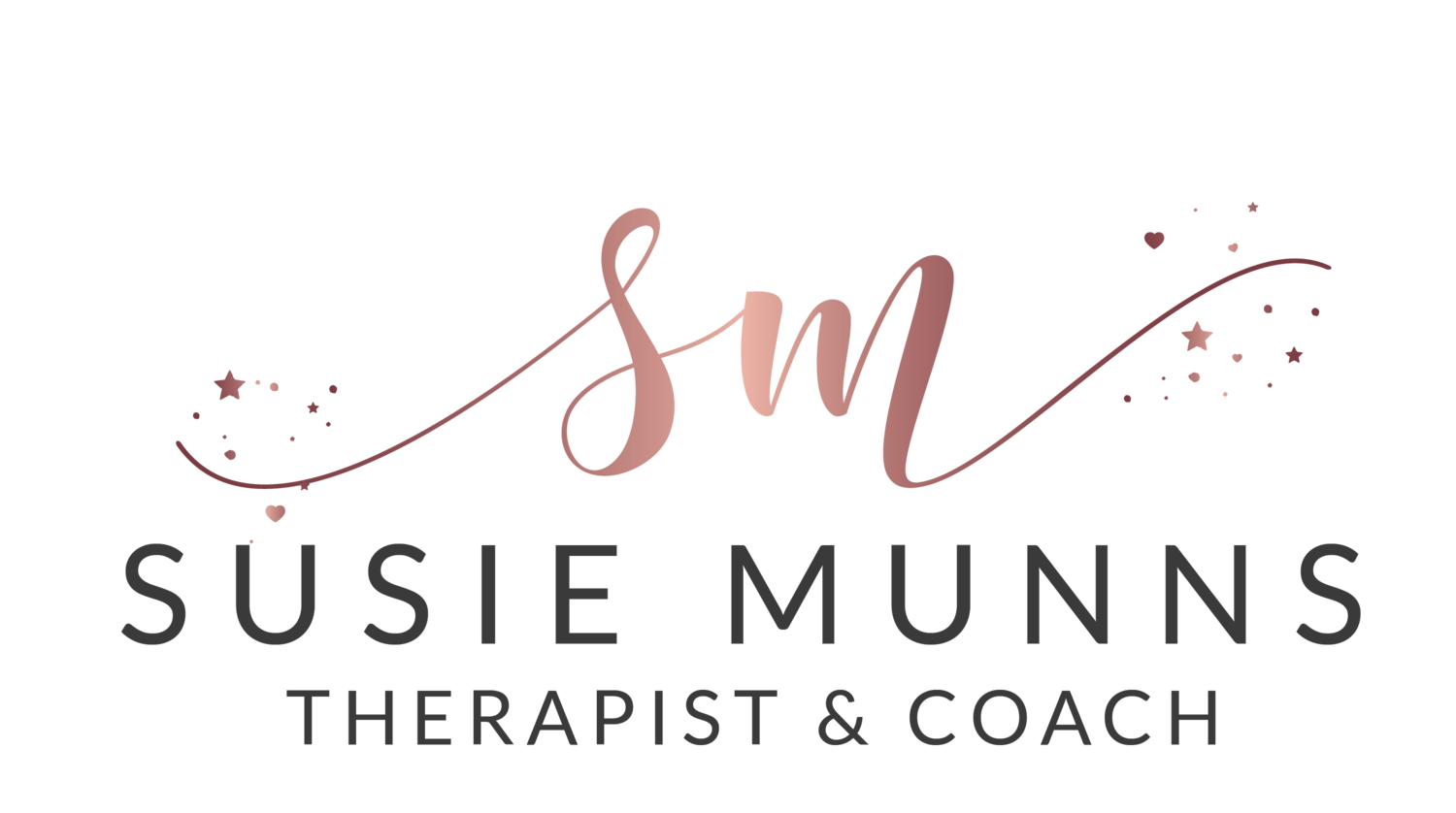
Emotional Freedom Technique (EFT)
What is EFT Tapping?
EFT stands for Emotional Freedom Techniques. EFT is a practical self-help method that involves using the fingers to gently tap on the body's acupuncture points along the meridian lines of Chinese medicine. It is often referred to as ‘EFT Tapping’ or simply as ‘Tapping’. The therapeutic effects of this technique are recognised around the world. EFT tapping can be used for anxiety, weight loss issues, pain, stress and many more.
EFT Applications
There are two primary applications or faces of EFT (Emotional Freedom Techniques) or what is now more commonly known as Tapping:
1. EFT or Tapping for Self-Care
This method of gentle tapping on certain areas of the face and body while tuning into an issue, helps you relieve stress and feel better in the moment. It is usually self-administered, though it can be guided by someone else, as in a group or in a video. EFT or Tapping in this way can help you rapidly self-soothe and come into calm. With further practice, training, and mentoring, EFT can also be self-administered in ways similar to Practitioner-Assisted EFT (below) as an effective tool for personal growth.
2. Practitioner-Assisted EFT
This is 1-to-1, client-centred care that is facilitated by an experienced EFT practitioner. During a series of 1-to-1 EFT sessions, a practitioner helps a client “tap into" their unique subjective experience of a presenting challenge (or troubling issues) for the purpose of gaining clarity and resolution. This supports the client in making changes (emotional and/or physical), shifting limited thought processes, resolving past traumas, opening to beneficial ways to move forward and more.
The History and Background of EFT
In the 1970s, Dr. George Goodheart, Dr. John Diamond and Dr. Roger Callahan each discovered that verbally focusing on a problem or issue (emotional or physical) – while manually stimulating acupuncture points – could bring surprising relief in their patients – particularly with regard to fears, phobias and physical responses to stress.
Dr. Callahan was so moved by his discoveries in this area that he patented his emerging "tapping" program TFT or Thought Field Therapy. Eventually, his focus on "tapping" would completely transform his Psychology practice, which was unheard of in therapeutic circles at that time. TFT, while effective and still widely practiced today, was involved and complex. It was primarily accessible only to therapists or those willing to make a substantial financial investment in learning the process. One of Callahan's students, Gary Craig, was able to synthesise it into a more simplified form – one involving fewer tapping points and far less complexity. A Stanford trained engineer and Master of NLP (Neurolinguistic Programming), Craig added key NLP concepts, and called it EFT or Emotional Freedom Techniques.
EFT first appeared in the late 1990s via Craig's popular website (emofree.com) where he made it available to laypeople via low-cost videos. Since that time, it has proliferated steadily beyond traditionally therapeutic circles and taken-on added refinements – many of which were shepherded-in by Craig and his students through experimentation.
Despite some rapid evolution in the early years, original or "classic" EFT has remained largely unchanged. It is this version of EFT that comprises EFT International's model of EFT tapping training.
Emotional Freedom technique (EFT) is recognised by NICE (National Institute for Clinical Excellence) for it’s treatment in PTSD and anxiety. Cognitive Behaviour Therapy (CBT) is the best currently on offer via the NHS, EFT outperforms CBT in speed and longevity in all of the clinical trials that have been carried out.
For further information and scientific research, please visit EFT International.

